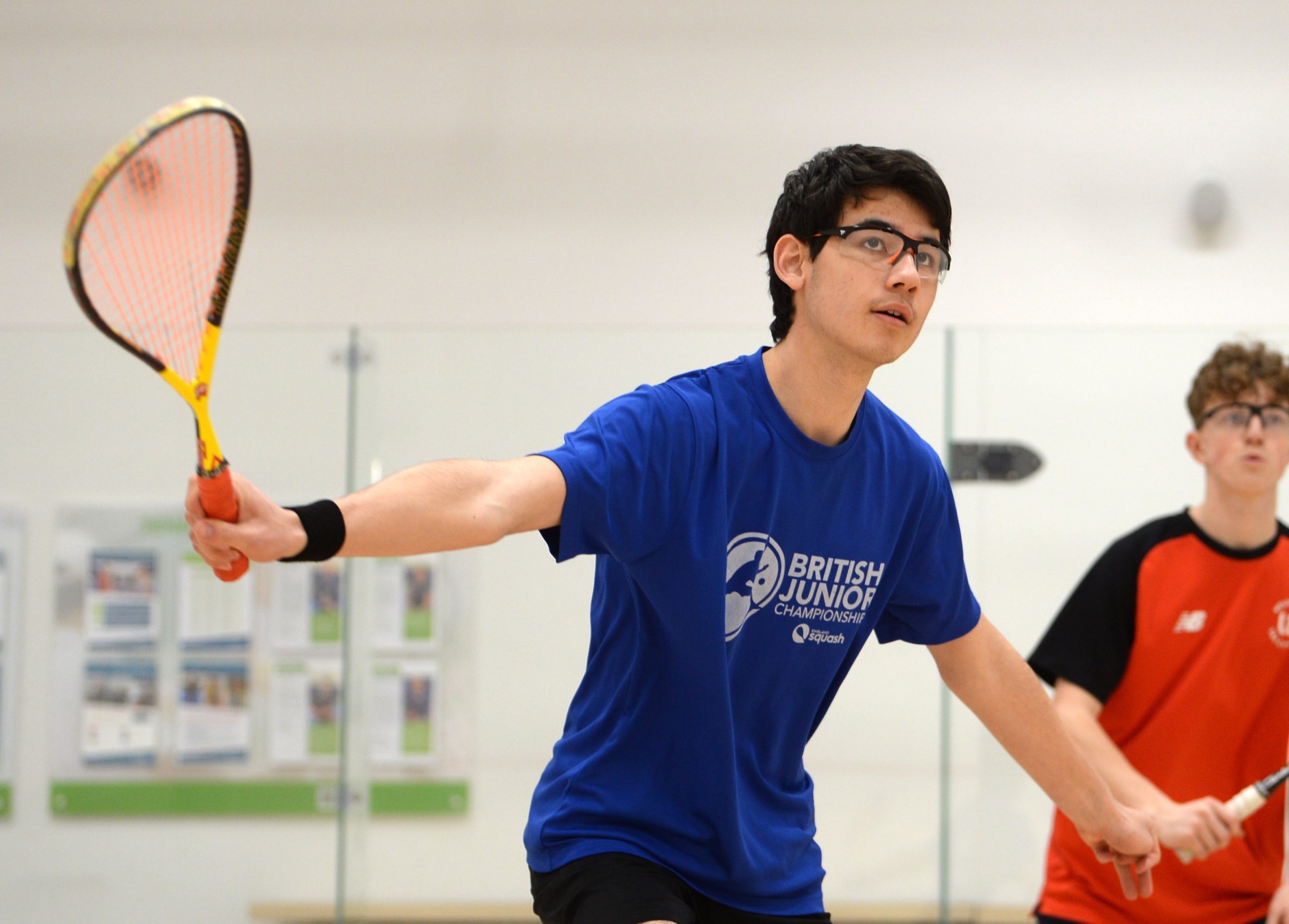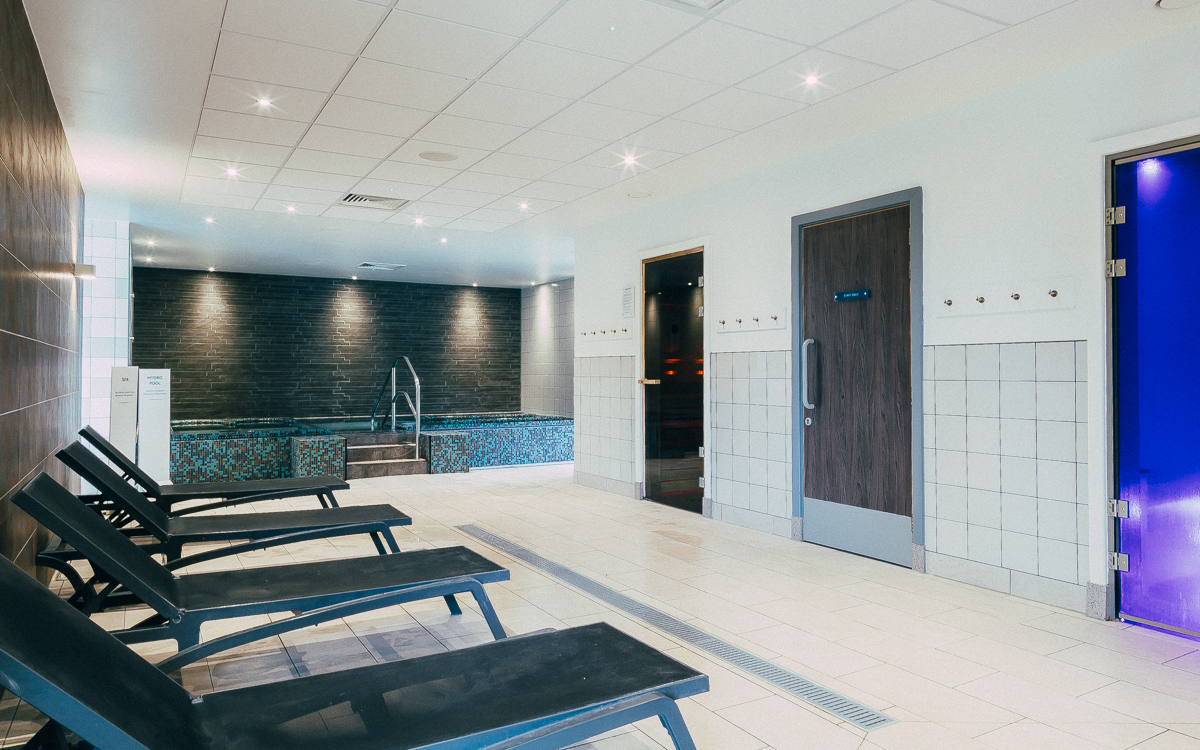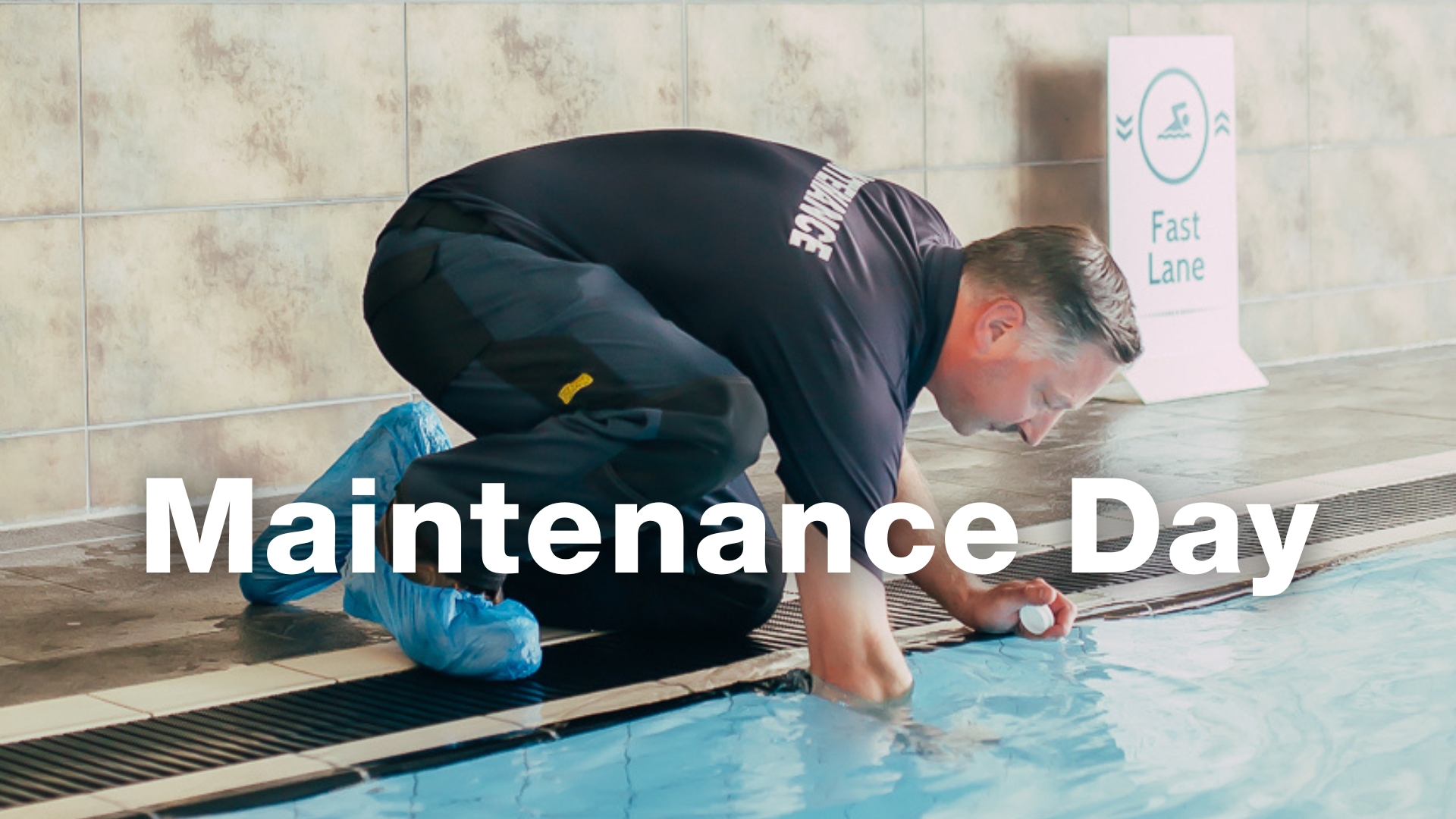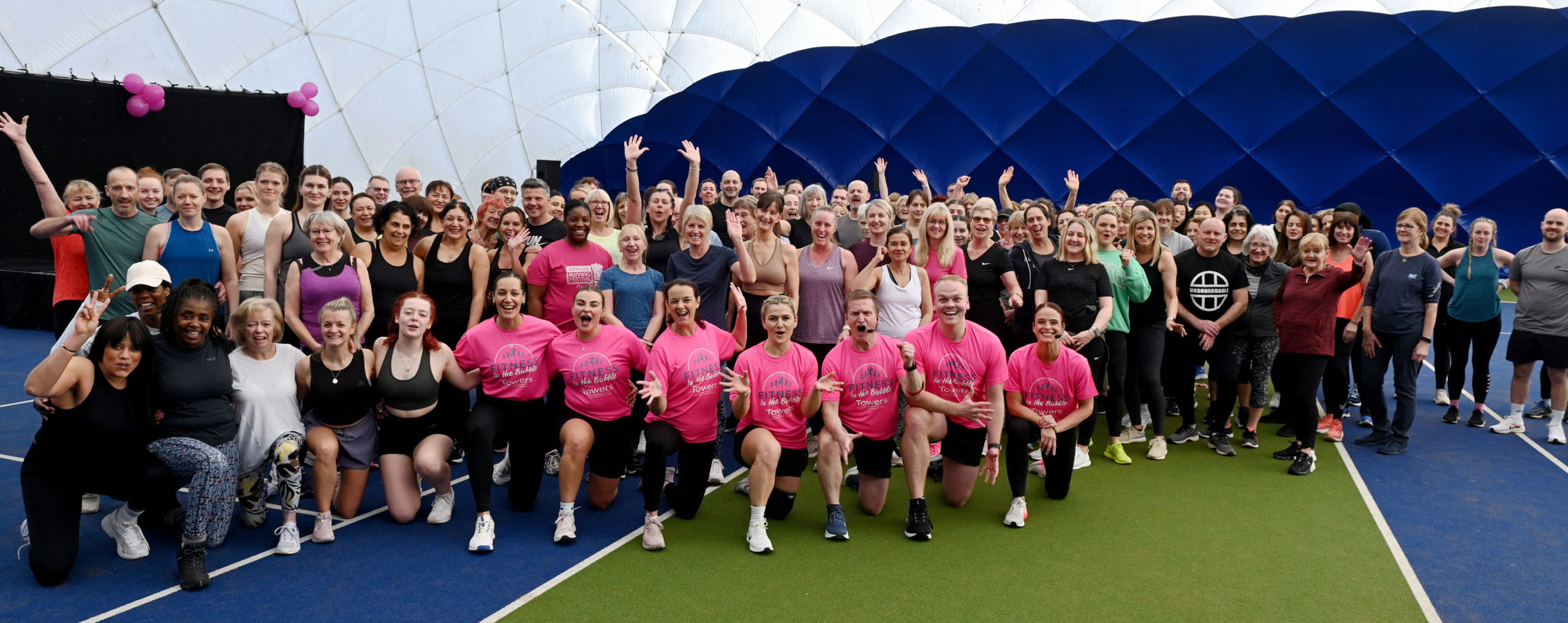The Importance of Wearing Correct Footwear
You wouldn’t wear football boots to play badminton, or ballet shoes to play basketball, so why would you wear running shoes to play tennis? Or squash shoes to run? Hopefully, after reading this blog, you won’t!!
At the Club we always seem to be “banging on” about the need to wear the correct footwear for tennis and squash. But equally this applies to lots of other different sports and fitness activities such as running or high intensity classes. We thought it might be helpful for us to look at this topic in a little more detail, and help our members to understand the differences between different types of footwear, and why it is in your own interests to choose an appropriate pair of shoes to exercise in.
There are three main reasons why we ask you to choose suitable footwear for your chosen activity:
- It helps to protect you (and possibly others) from injury.
- It helps to prevent discomfort and improve performance.
- It keeps our facilities in excellent condition.
Let’s look at each of these in turn.
Injury Prevention
This is the single most important reason for choosing the right shoes to exercise in. Diverse sports and physical activities place very different physical demands on the body. Some, such as squash, require short, explosive movements, with lots of twisting and turning, whilst others, such as long-distance running, involve movements that are more repetitive, applying different but equally challenging impact stress on joints and muscles over the long term.
The footwear manufacturers have invested billions in designing shoes appropriate for each sport, with different amounts of cushioning, support, etc. for each type. Therefore, wearing the right footwear will help you to minimise the risk of sports-related knee, ankle and muscle injuries. It will never eliminate this risk, as many other factors are also important (e.g. warming up!) but it can help to reduce the chances of a lay-off or a serious injury.
If you are a runner, there are even multiple choices depending on your running style or “gait”. This can be assessed in good sports outlets (e.g. No Limitz in Bedford) to ensure that the running shoes you buy are best suited to your running style.
If you like high intensity classes, involving lots of twisting and turning, think carefully about the right footwear for your class and take professional advice.
Improve Performance and Reduce Discomfort
Squash and tennis are good examples of where wearing appropriate footwear can improve performance in your chosen sport.
In squash, players need to maximise engagement or “grip” between the sole of the foot and the court surface, to facilitate quick movement in any direction. Typical problems that occur when wearing inappropriate footwear are your foot sliding around in the shoe, with inadequate support; lack of grip between the sole of the shoe and the court surface (exacerbated if the shoe has been worn outdoors/is dirty), or the sole being too thick. These problems not only increase the chance of injury (see above) but also reduce the effectiveness of your movement and lead to blisters and other discomfort.
The same arguments apply to tennis, but tennis movement is subtly different to squash. Matches are longer, the court surface is very different, and movement tends to be more side-to-side and less explosive. Tennis shoes are designed to help players better cope with these requirements, again providing optimum grip and minimising stress and discomfort for the foot, ankle and knee.
Running shoes or general-purpose, “lifestyle” trainers will not help your game or your body!
Keep the Facilities Looking Good
Millions of pounds have been invested in designing and building your club, and keeping it looking good is not just a job for our excellent staff team! We rely on our members to help support this effort in lots of different ways. One crucial way is to avoid wearing inappropriate footwear in the gym, in the studios and on our courts.
As an example:
- Dirty and/or muddy shoes can be dangerous to yourself and other members, reducing grip and leaving dirt and dust on the court or studio floor, which then becomes a slip hazard. You would not wear dirty shoes into your home would you? So please travel to the Club in one pair and change into your exercise pair when you arrive.
- Running shoes damage the tennis court surfaces, creating trip hazards, which then have to be repaired.
- Wearing black soled shoes on the tennis or squash courts damages them by leaving ugly black marks, which are impossible to remove. We know some black-soled shoes are labelled “non marking” but experience has taught us that these labels are not always correct! So please avoid black soles.
We hope that this short blog has helped you to understand the importance of wearing appropriate footwear for your chosen sport or activity – whatever that might be. We realise that shoes can be expensive! But equally, you don’t have to buy the “latest version” and designs that are a year or two old can represent much better value, whilst still providing an excellent solution.
Wearing the correct footwear for each activity will maximise the longevity of your shoes and save money in the long run. Nothing damages a pair of good running shoes more than wearing them to play squash or tennis!
Below are some examples of different shoe types, currently in stock at No Limitz. We want you to try different sports and exercise activities, so don’t let this issue put you off! But do come and talk to us (or to No Limitz), if you are unsure in any way about your footwear and we will be happy to advise.
Squash Shoes

Tennis Shoes

General Exercise Trainers

Running Shoes

BACK TO BLOG








